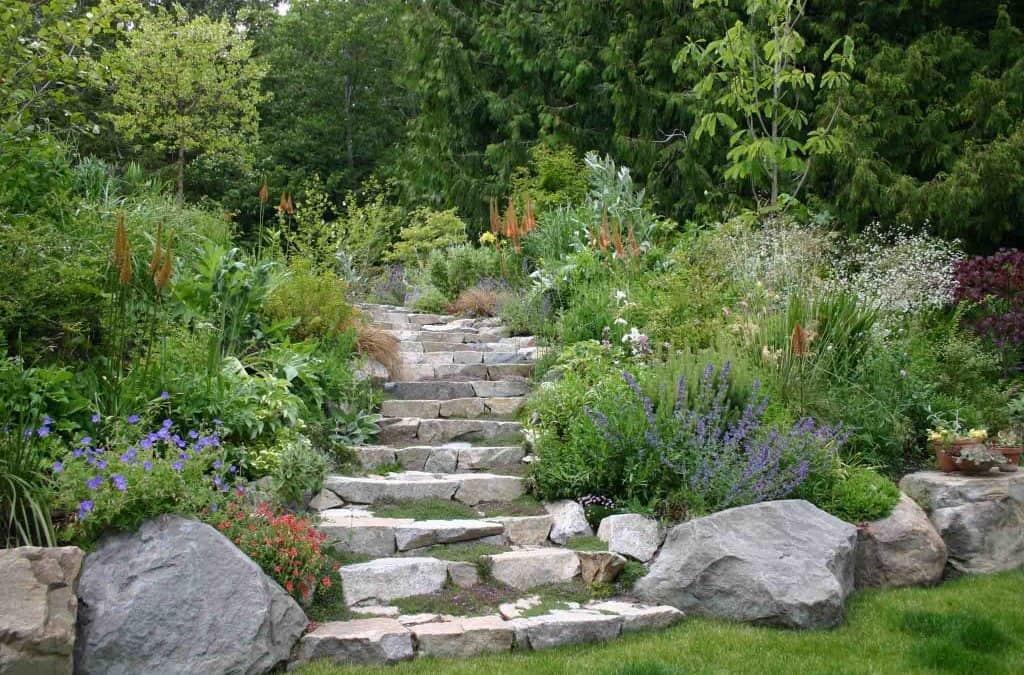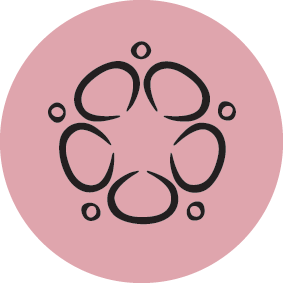Integrate rather than segregate
Integrate rather than segregate, an interesting statement and one that is seldom discussed when looking at landscapes. When we approach a new landscape design project, we have a step by step process which we employ that helps us break down the design process into manageable steps. During the design process, there are a number of principles that we find essential when considering any space. Integrate rather than segregate is one of twelve principles that was coined by Permacultures co-founder David Holmgren, in his book Permaculture-Principles &Pathways Beyond Sustainability.
By putting the right things in the right place, relationships develop between them, and they support each other.
“David Holmgren” Permaculture-Principles &Pathways Beyond Sustainability
Image source: https://permacultureprinciples.com/principles/_8/
Why is this so important?
In the past, at least in North America, landscape design has revolved around a process of imposing various aesthetic ideas onto a project site. The result may be what the designer or client desired in terms of a look, but the truth is in the pudding, how much time, energy and outside inputs (water, fertility) is it going to take to sustain this vision.
We lived in a world with what seemed to be limitless resources, a place where any design short comings were compensated with energy. Your house is a great example, when it gets hot during the summer or cold during the winter we use energy to compensate and adjust the indoor temperature. If our homes were designed more passively, for example orientated with the sun in mind, we would see a significant reduction in heating costs.
Image source: https://warwickdc.jdi-consult.net/
When we are looking at a landscape through a slightly different lens, we see both a high aesthetic quality coupled with resilient design strategies as the wave of the future. Why would we not want to consider this after all our landscapes are usually significant investments in terms of our time and also money? Wouldn’t it be nice to have less work and more yield?
How do we integrate elements within a design? An example of this might be, harvesting rainwater from a road, pathway or roof and placing this into a rain garden or swale. We usually rely on supplementing our landscapes with water during the growing season so why not harvest and store our own. One of the easiest ways to do this is to save water within your soils, no tanks or pumps needed, just a thoughtful design. This approach also provides an opportunity to support and improve other elements such as your soils ability to hold water. By improving the organic matter content in landscape soils by just 1%, the average city lot increases the amount of water it holds or stores by an extra 5,200 litres of water! When in doubt, add compost and avoid using synthetic fertilizers which harm soil organisms.
If you are looking to make improvements in your landscape consider a regenerative approach, one that is going to improve the ecology, production and aesthetic value of your land. Silver bullets are seldom the answer and it’s always best to spread out resilience rather than placing a huge dependency on one particular item.
To dive deeper into this subject, check out “David Holmgren” Permaculture-Principles &Pathways Beyond Sustainability



